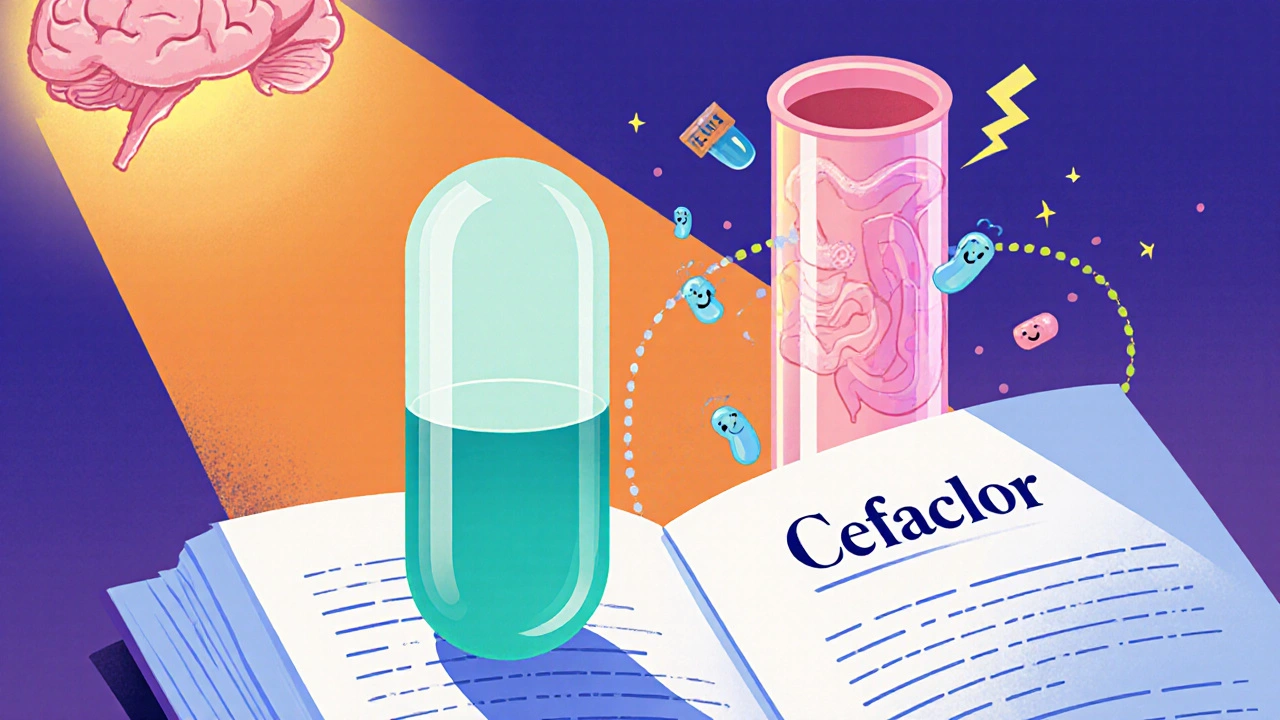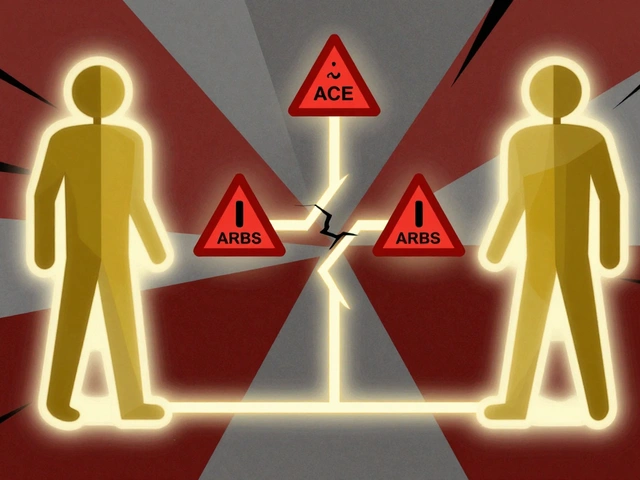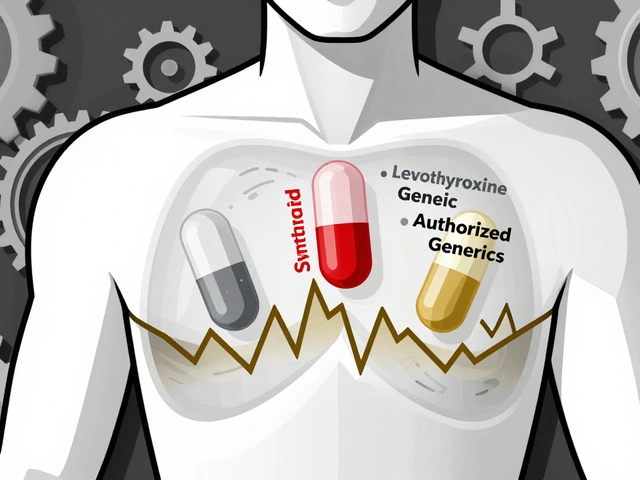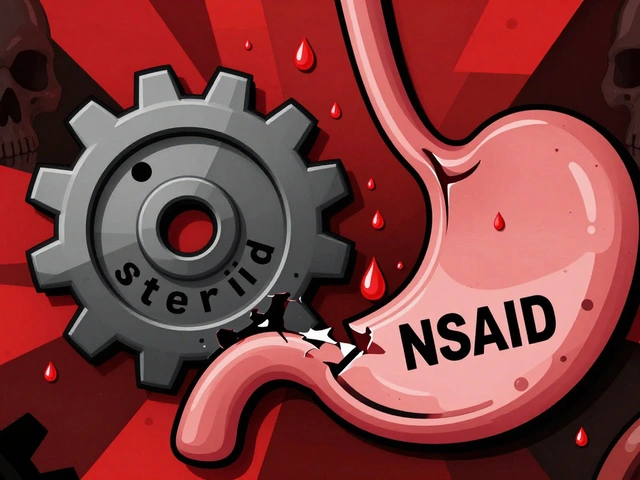Cefaclor Side Effects: What You Need to Know Before Taking It
When you’re prescribed Cefaclor, a second-generation cephalosporin antibiotic used to treat bacterial infections like ear infections, bronchitis, and urinary tract infections. It's also known as a beta-lactam antibiotic, it works by stopping bacteria from building cell walls. But like all antibiotics, it doesn’t just target the bad guys — it can mess with your body too. Not everyone gets side effects, but if you do, knowing what’s normal and what’s serious can make all the difference.
One of the most common issues is diarrhea, a frequent reaction to antibiotics that disrupt the natural balance of gut bacteria. It’s usually mild and goes away after you stop the drug, but if it turns watery, bloody, or lasts more than a few days, it could be C. diff infection, a serious bacterial overgrowth triggered by antibiotic use. That’s not something to ignore — call your doctor right away. Other common reactions include nausea, vomiting, stomach pain, and a bad taste in your mouth. These aren’t fun, but they’re usually manageable.
More serious side effects are rarer, but they happen. Watch for signs of an allergic reaction, a potentially life-threatening response that can include hives, swelling of the face or throat, and trouble breathing. If you’ve had allergies to penicillin or other cephalosporins before, you’re at higher risk. Skin rashes, especially if they spread or blister, should also raise a red flag. In rare cases, Cefaclor can cause liver problems — think yellowing skin, dark urine, or constant fatigue. Kidney issues are possible too, especially if you’re older or already have kidney disease.
Some people report joint pain or headaches, while others notice changes in their blood counts — low white blood cells or platelets. These aren’t common, but if you feel unusually tired, bruise easily, or get sick often while on Cefaclor, get checked. It’s also worth noting that Cefaclor can interfere with certain lab tests, like urine glucose tests, so tell your doctor you’re taking it before any medical tests.
What you take with Cefaclor matters too. Antacids and iron supplements can reduce how well your body absorbs it. Take them at least two hours apart. Alcohol doesn’t cause a dangerous reaction like with some other antibiotics, but it can make stomach upset worse. And never share your prescription — what works for one person might cause serious harm to another.
Most people finish their course of Cefaclor without major issues. But knowing what to watch for — and when to act — gives you control. You’re not just taking a pill; you’re managing your body’s response. The posts below cover real cases, comparisons with other antibiotics, how to reduce side effects naturally, and what to do if you’ve had a bad reaction before. This isn’t just a list of symptoms — it’s a practical guide to staying safe while you heal.

Cefaclor and Mental Health: What the Latest Research Shows
Explore how Cefaclor, a common cephalosporin antibiotic, can affect mental health through gut disruption, inflammation, and neurotransmitter changes, and learn practical steps to stay safe.
read more




